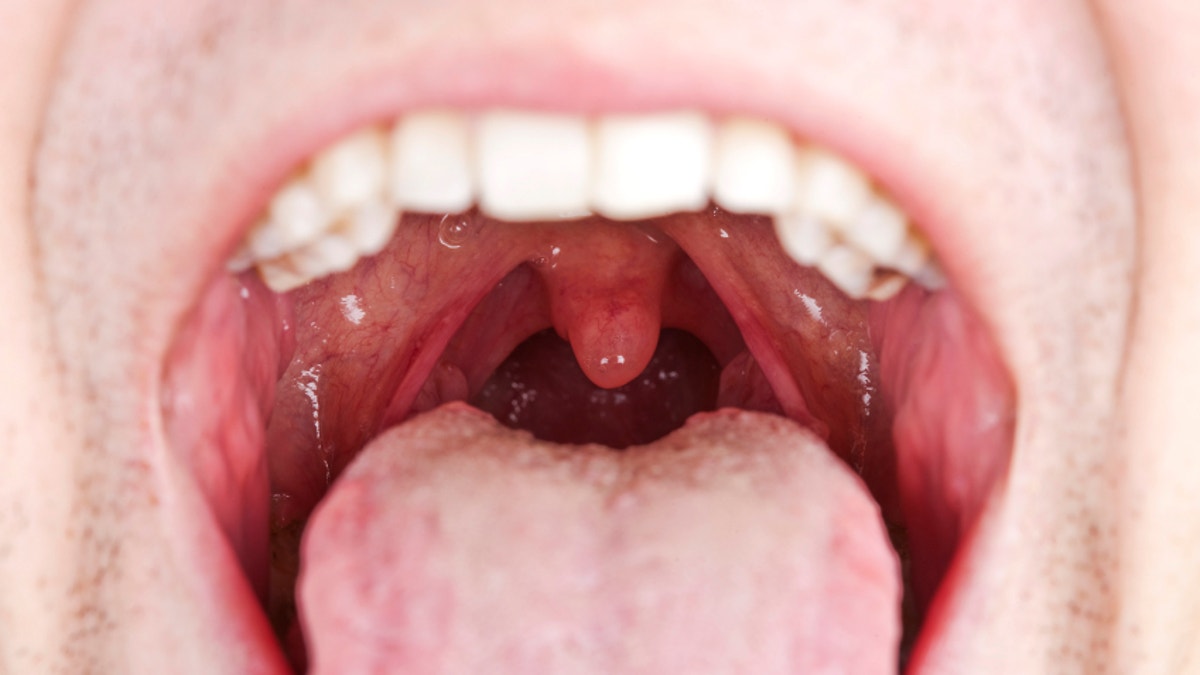
It doesn’t take a doctor to know that the medical field has more than it’s fair share of germy situations — but some recent findings about germs at the dentist, in places you may not expect, could really gross you out, and may even be dangerous.
While sitting in the dentist chair, gloves, masks, eyewear and plastic-wrapped sterile packets are all common sights. But as careful as the staff at the office can be to make sure everything is clean, there are other places that are not so obvious when it comes to potentially dangerous germs, especially the chain clips that hold a patient’s paper bib.
A study from the University of North Carolina School of Dentistry featured in Dental Health Magazine found that 1 out of 5 bibs tested were contaminated with bacteria, including traces of Staphylococcus aureus and E. coli. The majority of bacteria growth was attributed to saliva, dental plaque, skin and flesh.
The culprit? The design of the chain.
Noel Kelsch, former president of the California Dental Hygienists’ Association, conducted her own study that was published in a recent issue of Infection Control Today.
“The more crevices and indentations on a clip or a chain, the higher the contaminant count,” she said.
The Centers for Disease Control and Prevention defines cross-contamination as the act of spreading bacteria and viruses from one surface to another. Blood-borne viruses have the ability to live on objects and surfaces for as long as a week, meaning germs could be spread easily if surfaces are not disinfected or if equipment is not cleaned between patients.
The potential danger arises with the combination of the bib chain not being cleaned between patients and the same gloves that handled the chain also going into the patients mouth.
Dr. John Molinari, director of infection control for The Dental Advisorin Ann Arbor, Mich., told FoxNews.com that although there is potential for serious infection from cross-contamination at the dentist, it is unlikely in most situations.
Molinari was part of a study conducted at the Biomaterials Research Center on samples of chains that had not been cleaned after use, those that had been cleaned with a disinfecting wipe, and others that had been put in a heat sterilizer. He submerged each chain in liquid in a vortex machine, where the germs from the chains were transferred to the liquid. The results showed that heat sterilized chains had no bacteria, and wiped chains had a minimal amount of bacteria. But those chains that had been tested immediately after use with no cleaning showed up to 1,000 bacteria per millimeter of liquid.
“Bacteria from patients mouths transfers on to surfaces through the air from aerosols from air and water syringe sprays or gloved hands in people’s mouths and then touching other items,” he said.
Thankfully, Molinari said for the majority of people, contamination at the dentist office is nothing to lose sleep over.
“Typically these are normal organisms that live in everyone’s mouth. We are exposed to them routinely, it is part of life,” he said. “But those who are immune system compromised, elderly, ill, cancer survivors…but on the extreme end, if someone has MRSA and that gets on there that could cause skin infections.”
So what can patients do to protect themselves? Molinari said communication with your doctor is key.
“Patients can ask. Talk with your doctor about what they do for infection control. If patients don’t ask, they can jump to all kinds of conclusions,” he said. “I think the majority of patients would be pleasantly surprised.”
